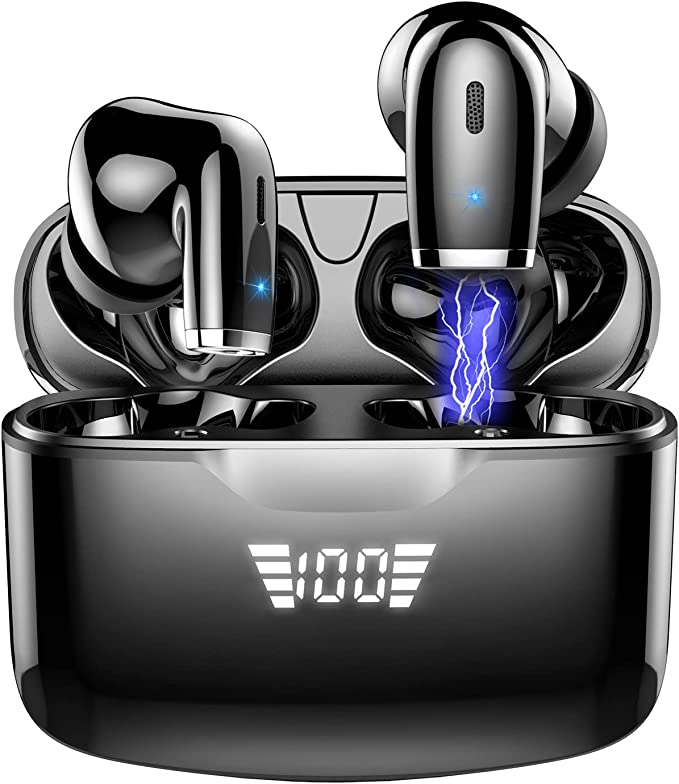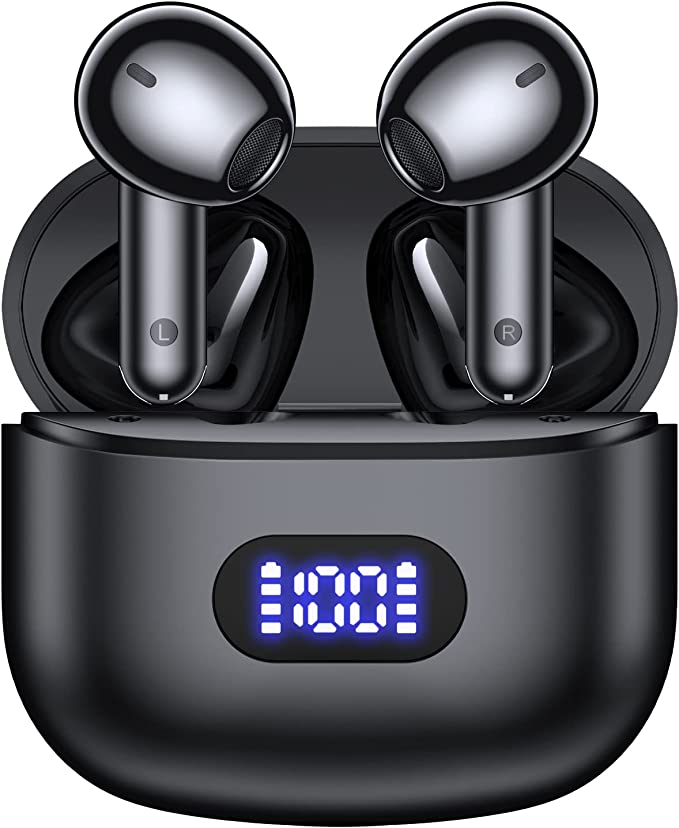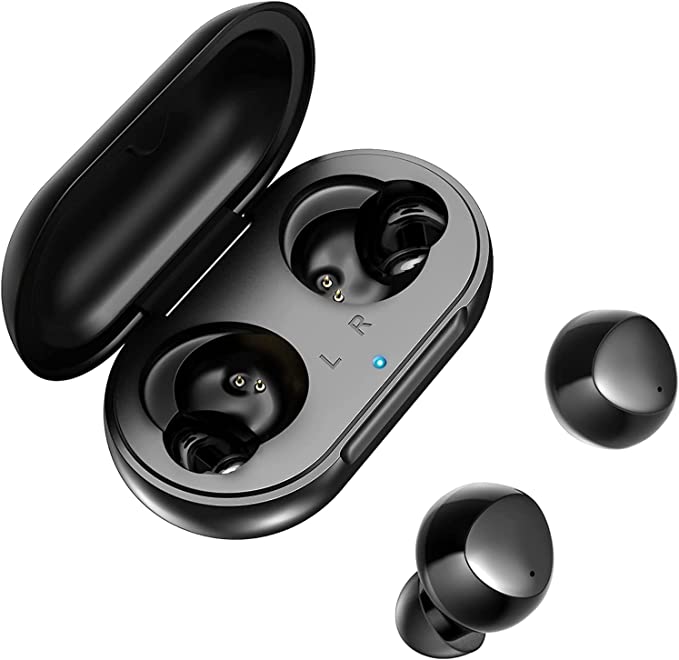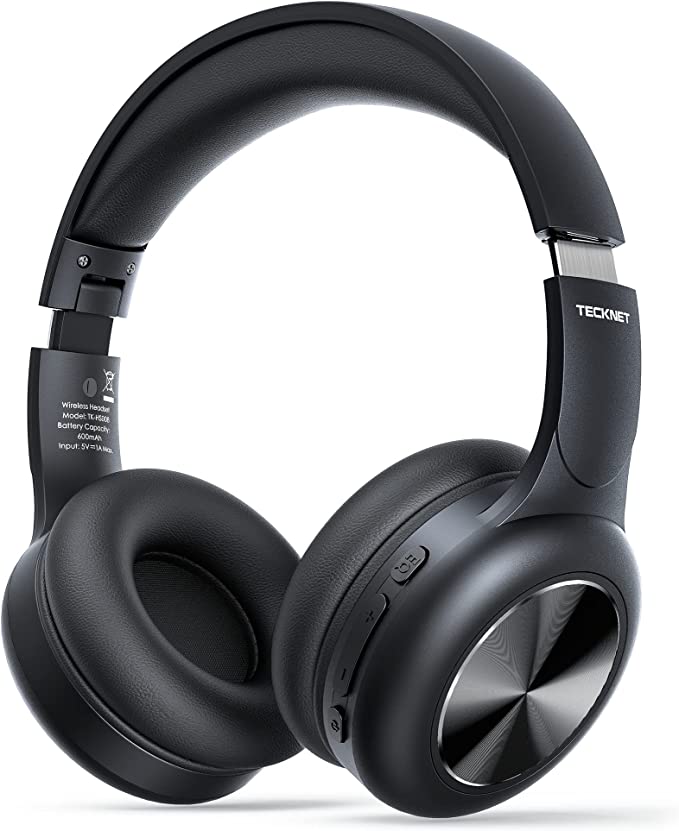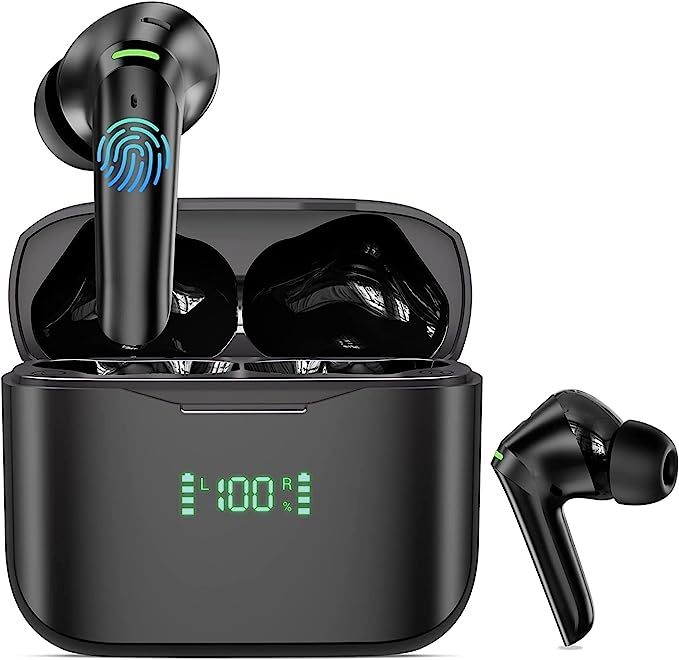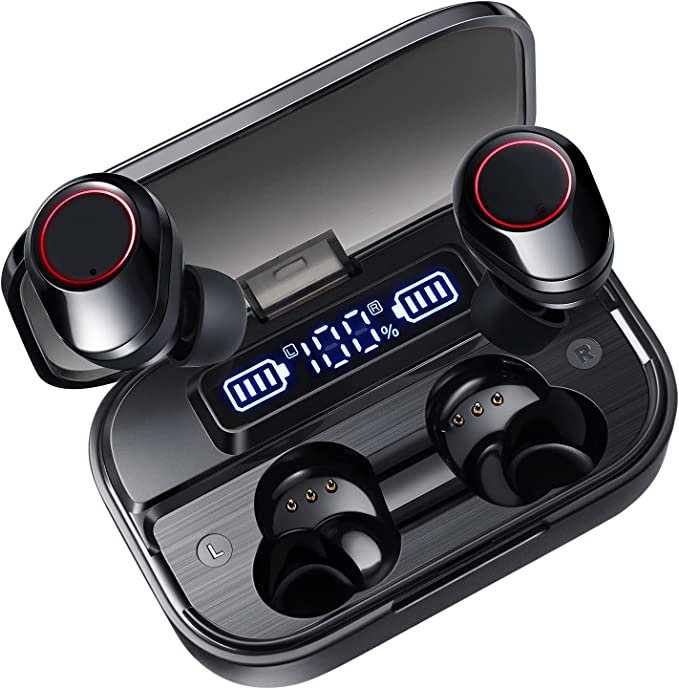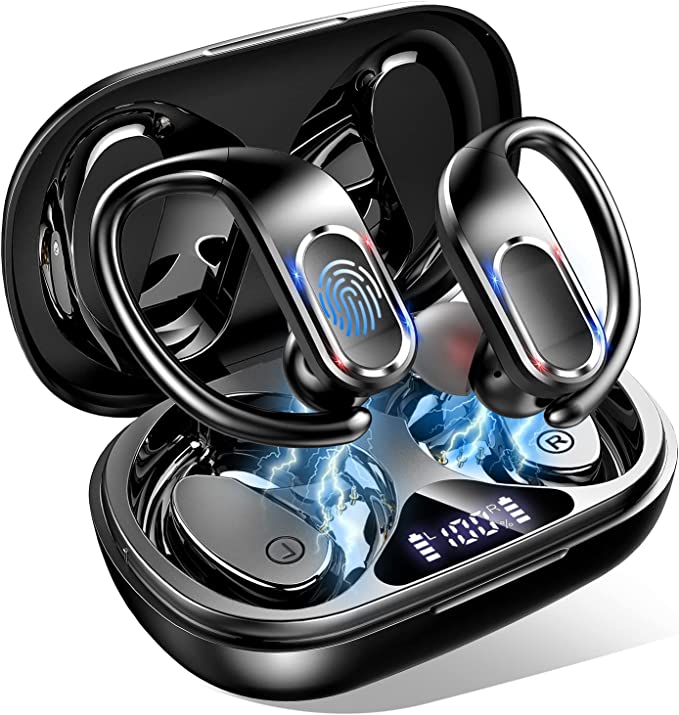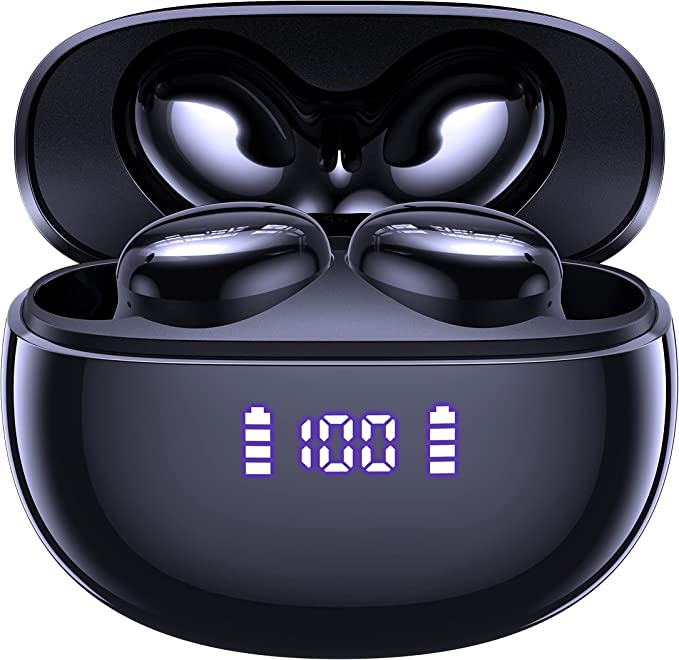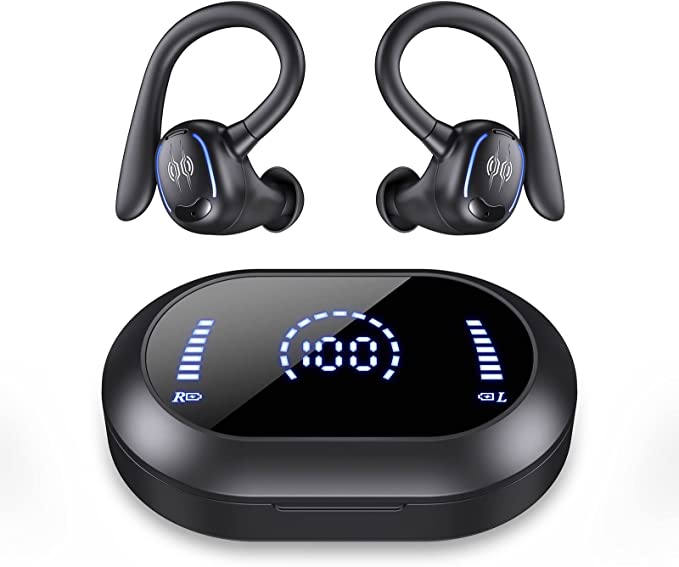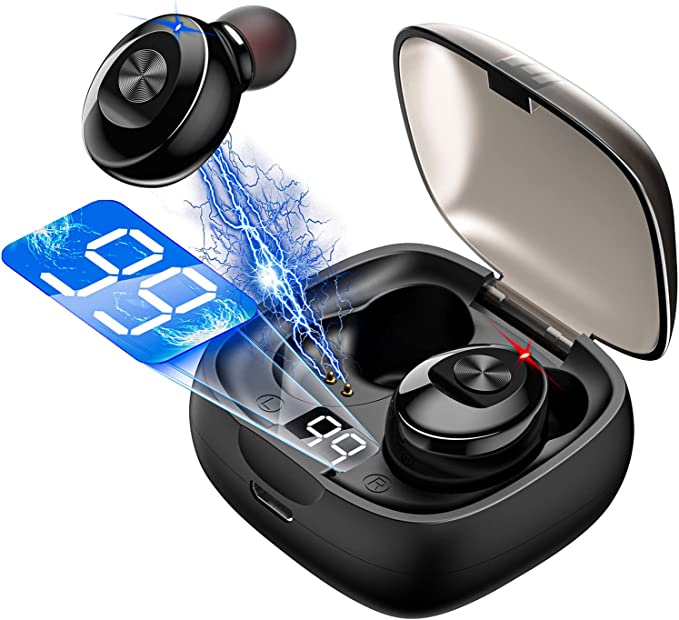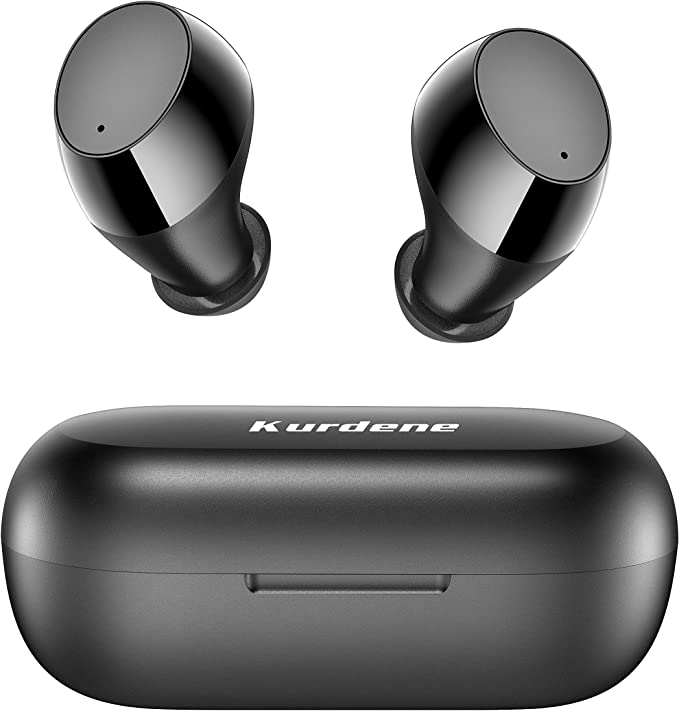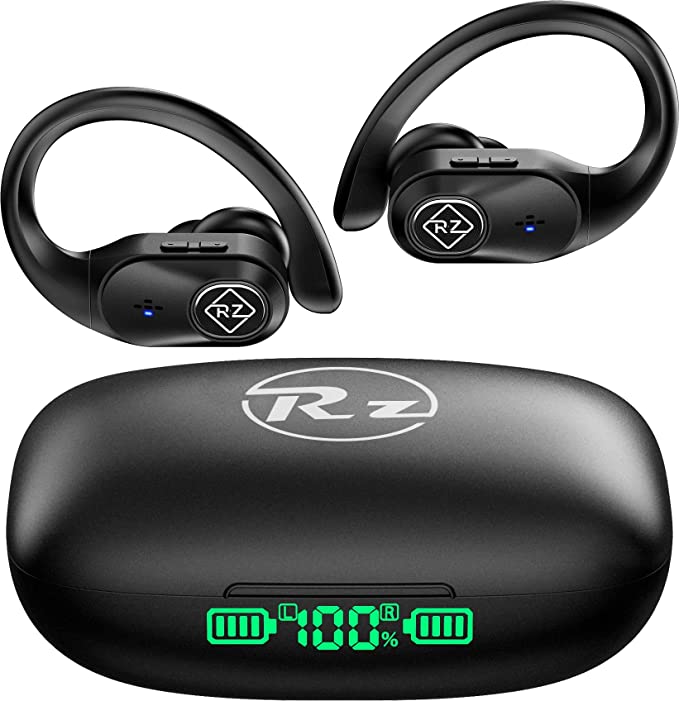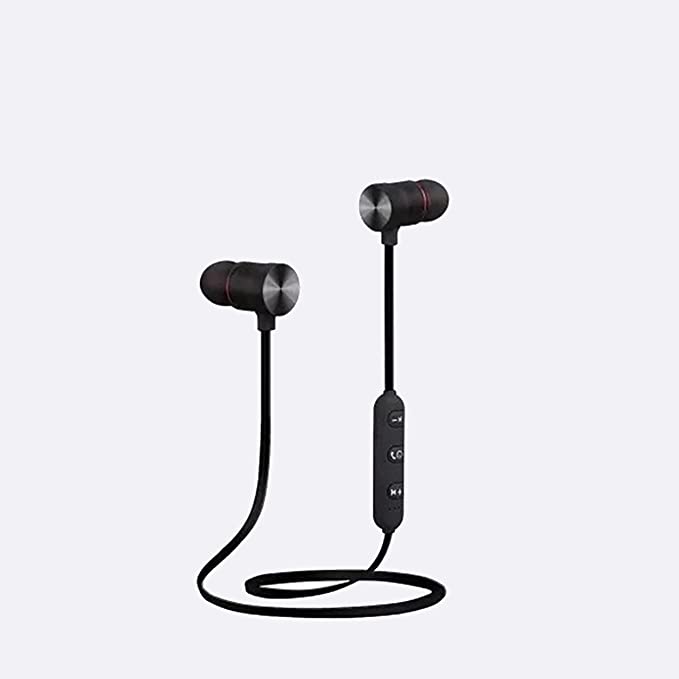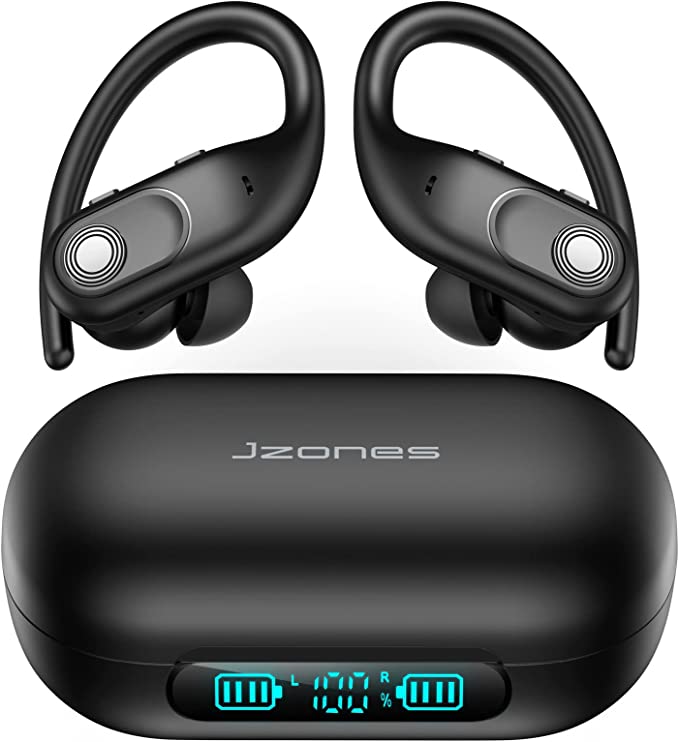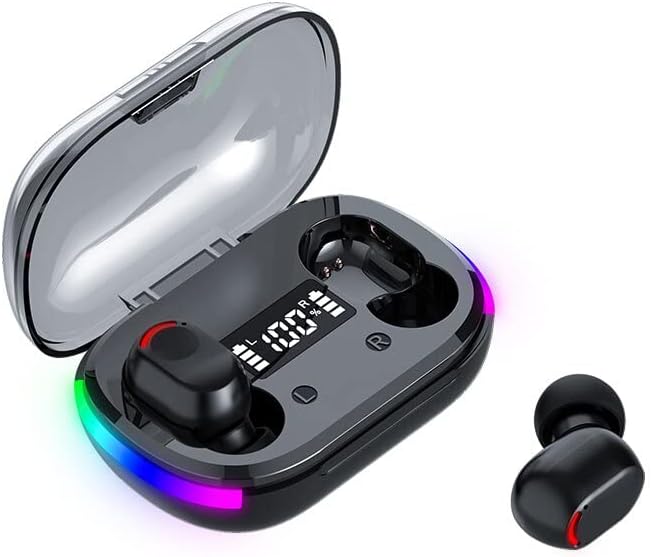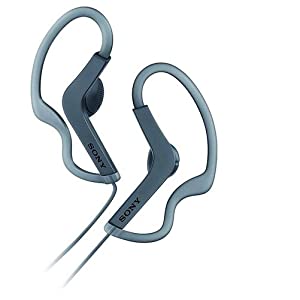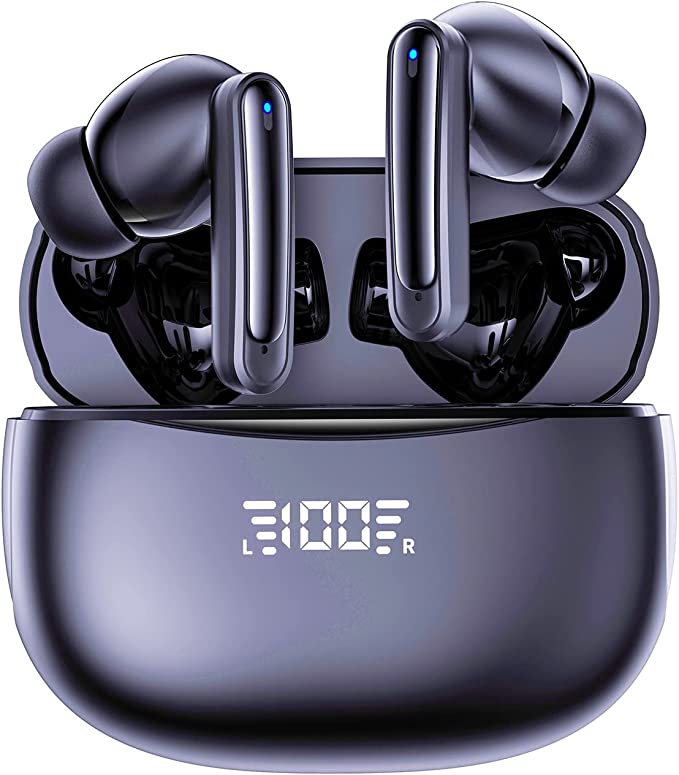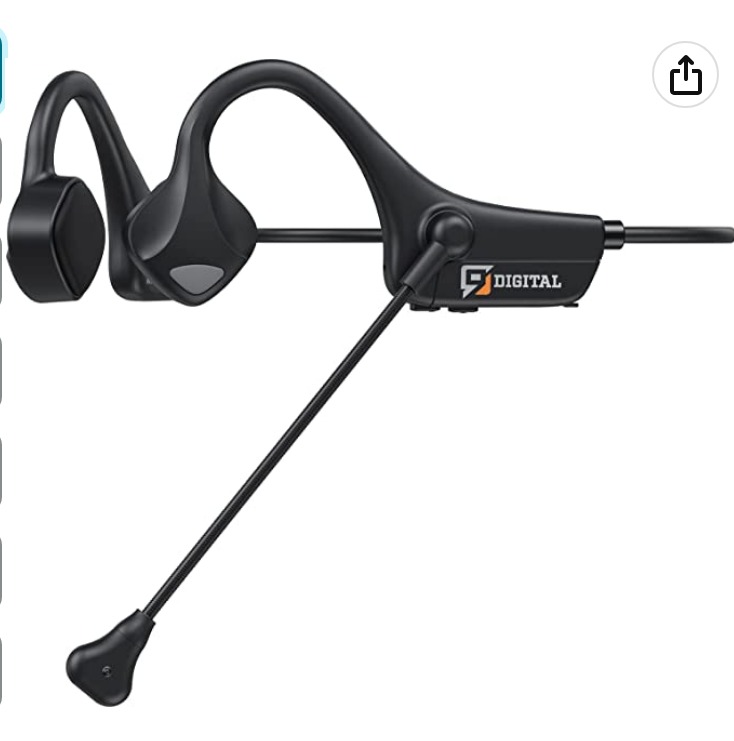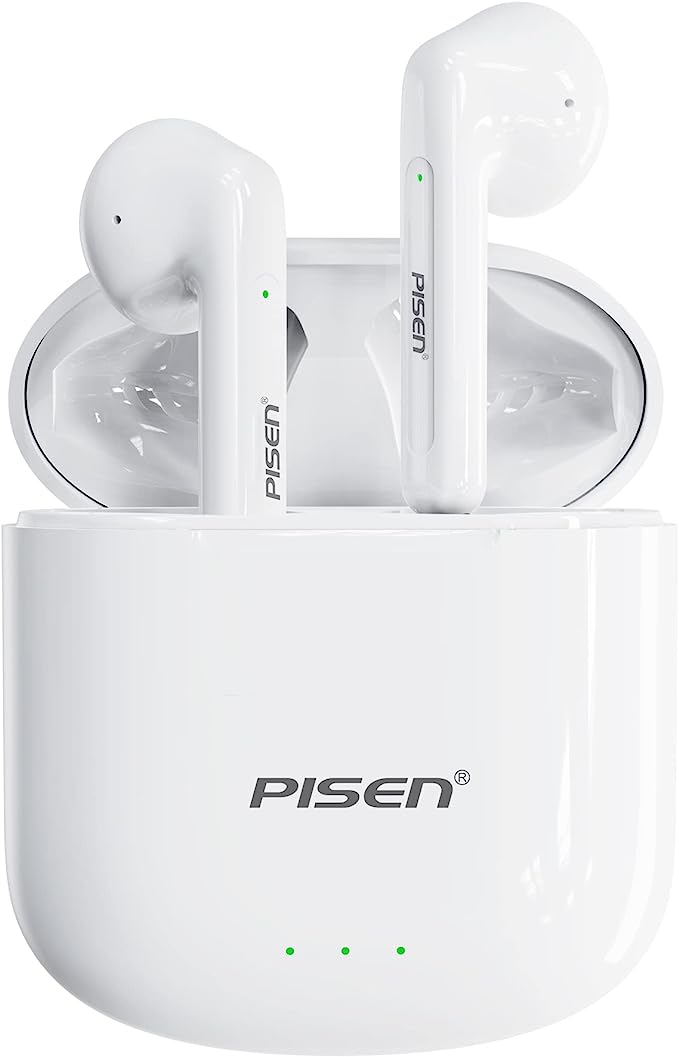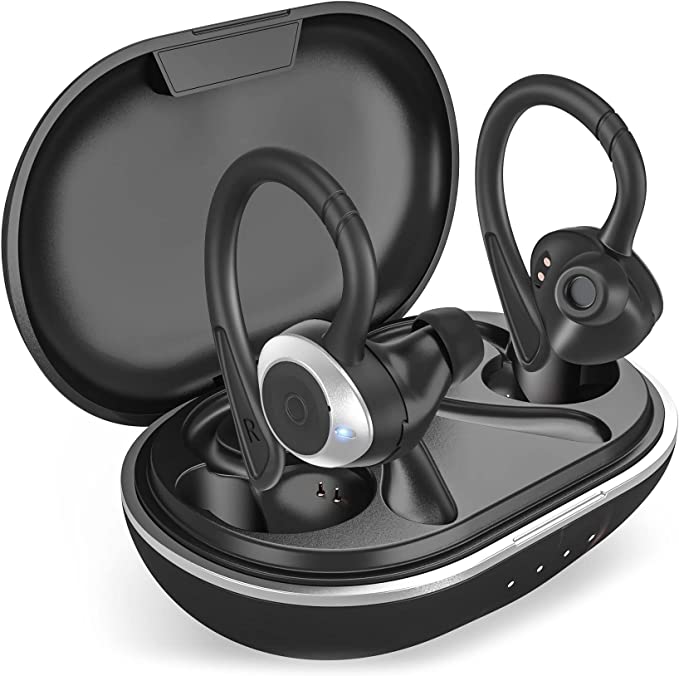XIAOWTEK A40 Pro Wireless Earbuds: Immersive Sound & Long-lasting Battery
Update on Sept. 23, 2025, 7:36 a.m.
I deconstructed a simple $30 pair to uncover a universe of engineering, material science, and fascinating trade-offs. Here’s the science inside.
It’s a casual kind of magic we’ve all grown accustomed to. A tap on a glass screen, and a universe of sound floods our senses, untethered by any physical link. We walk, run, and work, accompanied by a private soundtrack conducted by two tiny sentinels nestled in our ears. But have you ever stopped mid-song and truly wondered: what is actually happening in there? How does a podcast, encoded as ones and zeros on a server hundreds of miles away, transform into the physical vibration of a human voice inside your head?
This question sent me down a rabbit hole. My guide wasn’t a thousand-dollar piece of audiophile exotica, but its polar opposite: a pair of unassuming, US$30 wireless earbuds, the XIAOWTEK A40 Pro. I chose them not to review them, but to dissect them—to treat them as a technological fossil, a key to unlocking the layers of scientific history and engineering compromises that make our modern audio world possible.
What I found was astounding. This humble device is a miniature museum, showcasing breakthroughs in radio physics, material science, and acoustics that span more than a century.

The Invisible Dance
Before a single sound can be made, the music must first perform an impossible journey: it must leap across thin air. This is the domain of Bluetooth, a technology so familiar its name has lost all its strangeness. But its origins are a fantastic story involving a 10th-century Viking king, Harald “Bluetooth” Gormsson, famed for uniting disparate Danish tribes. The name was chosen to reflect how the technology would unite different communication protocols.
The real genius, however, lies in a principle with roots in the Second World War, patented by Hollywood actress Hedy Lamarr and composer George Antheil. It’s called Frequency-Hopping Spread Spectrum (FHSS).
Imagine you’re trying to have a private conversation at a loud, crowded party. You and your friend might jump from corner to corner, sharing just a snippet of your sentence in each spot before anyone else can tune in. This is essentially what your phone and earbuds are doing. They are constantly dancing between 79 different frequencies in the 2.4 GHz band, hopping up to 1,600 times per second in a pseudo-random, synchronized sequence. This constant, invisible dance makes the connection robust against interference from Wi-Fi routers, microwaves, and other Bluetooth devices.
The A40 Pro uses Bluetooth 5.3, a modern, energy-efficient version of this dance. It’s more stable and less prone to the audio-video lag that plagues older versions. But here, we encounter our first great engineering trade-off. Bluetooth’s bandwidth is finite. To send a full-fidelity song through this narrow pipe, the data must be compressed. This is the job of a codec, a coder-decoder. Most budget-friendly earbuds rely on the standard SBC codec, a universal translator that prioritizes a stable connection over pristine audio quality. It’s a necessary compromise—the first of many—to make wireless audio reliable and accessible.

The Engineered Form
Once the signal has been received, the earbud’s physical form takes over. The A40 Pro’s design reveals a battle fought on two fronts: against the chaos of the outside world and for the comfort of the human ear.
Its IPX7 rating is a lesson in engineering for a wet world. The “IP” stands for Ingress Protection. The ‘X’ means it hasn’t been rated for dust, but the ‘7’ is crucial: it certifies the device can survive being fully submerged in one meter of water for 30 minutes. This isn’t achieved with a single magical seal, but through a system of precisely molded plastic shells, rubber gaskets, and water-resistant nano-coatings on the internal circuitry. It’s a quiet testament to the advancements in manufacturing that allow such resilience in an inexpensive device.
More subtle is its “half in-ear” shape. This is a deliberate philosophical choice in acoustic design. Unlike buds that seal the ear canal like a cork in a bottle, this design rests gently in the outer ear, or concha. The trade-off is profound. A full seal traps air, allowing tiny movements of the speaker to create powerful, bone-rattling bass. The half-in-ear design allows some of that bass energy to leak out. In return, it offers a more open, spacious sound and, for many, greater long-term comfort. It doesn’t isolate you from the world, but rather, invites music into it. It’s a compromise between audio fidelity and situational awareness, engineered right into its plastic shell.

The Mechanical Heart
Deep inside that shell lies the engine of sound: a 12mm dynamic driver. This is the direct descendant of the technology Alexander Graham Bell used in the first telephone earpiece over 150 years ago. The principle is fundamental, elegant, and unchanged: electromagnetism.
A current, carrying the audio signal, flows through a tiny, lightweight coil of wire attached to a membrane (the diaphragm). This coil is suspended in a magnetic field created by a small, powerful magnet. As the current fluctuates, the coil becomes a tiny electromagnet, and its polarity rapidly flips. This pushes and pulls it against the permanent magnet, causing the attached diaphragm to vibrate violently back and forth. These vibrations push the air, creating pressure waves—the very essence of sound.
The 12mm size of the driver in the A40 Pro is significant. In the world of speakers, size often correlates with the ability to move air. A larger diaphragm, like a bigger drum skin, can create longer, more powerful waves, which we perceive as deeper bass. This is a physical truth, and it’s why engineers chose a relatively large driver for this earbud—to ensure a full-bodied sound despite the bass leakage of its half-in-ear design.

The Soul of the Voice
We’ve arrived at the final, most crucial component: the diaphragm itself. This thin, quivering membrane is where the electrical becomes the acoustical. It is the soul of the speaker, and for audio engineers, its material composition is an obsession.
The ideal diaphragm material must be a paradox: it needs to be as stiff as possible to move as a single, piston-like unit without bending or deforming (which causes distortion), yet as light as possible to respond instantly to the most subtle changes in the electrical signal (which creates detail).

For decades, engineers used paper. High-end speakers have employed exotic materials like aluminum, titanium, and even beryllium, a rare and expensive metal prized for its incredible stiffness-to-mass ratio. The A40 Pro’s diaphragm is listed as a “bio-carbon fiber composite.” Carbon fiber is a miracle material—stronger than steel, yet far lighter. By weaving these fibers into a composite, engineers create a diaphragm that is both exceptionally rigid and feather-light. It can vibrate thousands of times per second with precision, reproducing the crisp snap of a snare drum or the delicate shimmer of a cymbal with a clarity that would have been the stuff of high-end audio dreams just a generation ago.
The fact that such an advanced material has found its way into a US$30 product is perhaps the most remarkable discovery of all.

The Art of the Possible
Deconstructing this simple device reveals a profound truth. The XIAOWTEK A40 Pro isn’t a marvel because it provides the absolute best sound or the most advanced features. It is a marvel of accessibility. It represents the point on the technology curve where the extraordinary becomes ordinary.
A century of breakthroughs—from Hedy Lamarr’s radio guidance systems to the advanced material science of carbon fiber—has been distilled, democratized, and packed into a tiny plastic shell that costs less than a large pizza. Every feature is a compromise, a carefully calculated trade-off between performance and cost, between fidelity and convenience.

It’s a symphony of the possible. And it invites us to look closer at the mundane objects that fill our lives, to see not just what they do, but the incredible history of human ingenuity they contain. That, I think, is a magic worth listening to.
